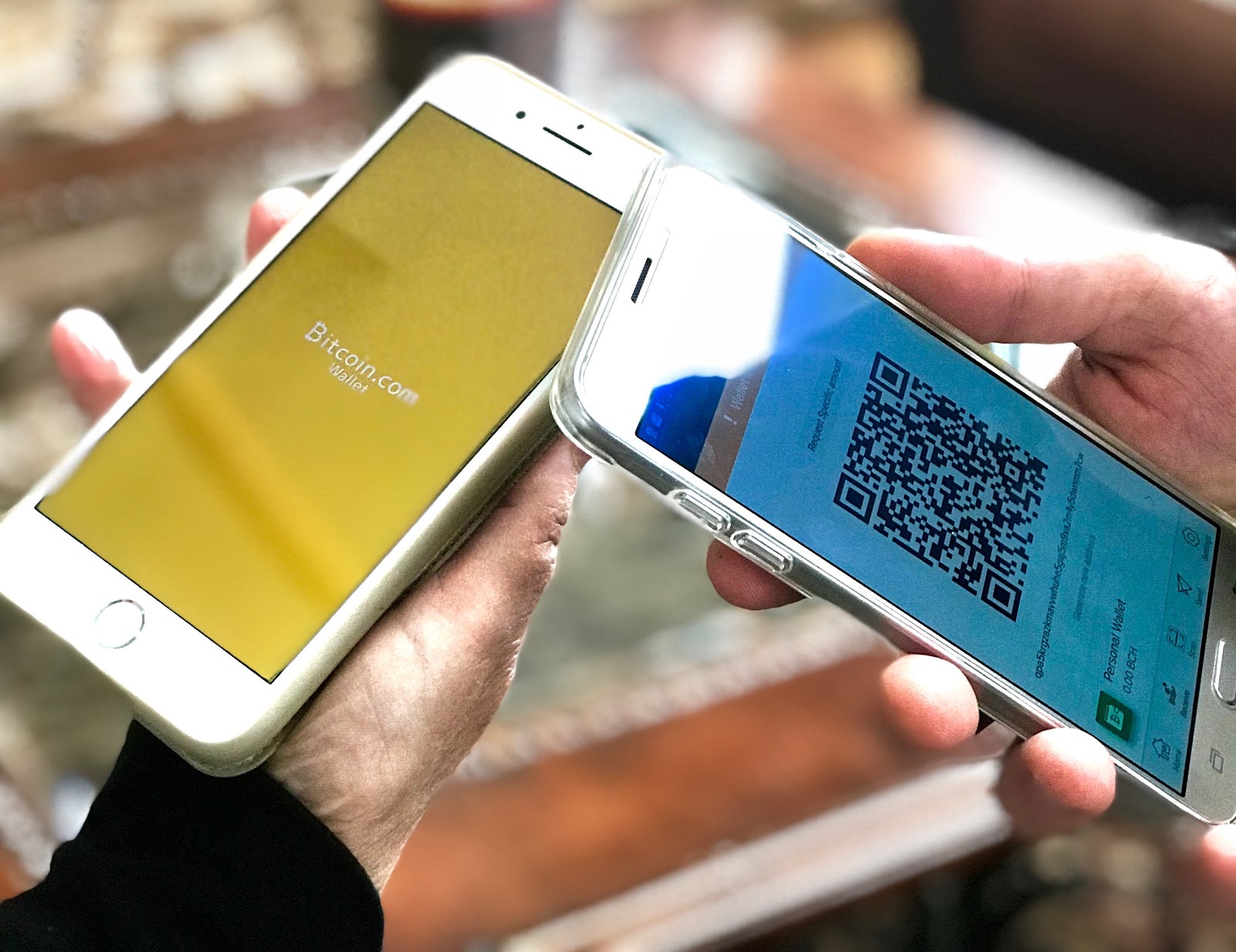
For international retailers unfamiliar with Latin America payment methods and logistics differences, breaking into the Latin American e-commerce market can be tough. We’ve talked about some of the other obstacles to overcome like international language barriers. Today we’re going to focus on barriers associated with payment and logistics.
The key to success lies in understanding the ways e-commerce works in each country. For example, each one has its own local payment methods and logistics companies that make up the customer experience. The payment and logistics scenarios are often quite different from the United States, and learning how to work with them is a critical first step for any retailer planning an e-commerce presence in Latin America.
Latin America Is a Growing Market
For a long time, Latin America’s retail sector lagged behind other regions. But in the age of global e-commerce, Latin Americans are showing up big. By 2022, global cross-border e-commerce is estimated to account for one-fifth of online retail sales.
As recently as 2016, Latin America had the lowest number of online transactions per capita in the world, at just over nine per person. But since then Latin American e-commerce has taken off—growth in LatAm online sales is projected to be 19% by 2024, which is almost double the global average of 11%.

The continued rise of mobile phone technology is bringing secure internet connections and payment methods to millions of Latin Americans. These are consumers that as recently as a decade ago wouldn’t have been able to participate in the mobile e-commerce marketplace.
Between 2013 and 2018, the number of people online in Latin America increased from 300 million to 438 million. That increase has correlated to the widespread adoption of smartphones with broadband internet capabilities. In 2012, 10% of all cell phones were smartphones, but by 2018 that number had risen to 60%.
Latin America Payment Methods Are Not Universal
The challenges of Latin American e-commerce can be summed up in one stat. Up to 70% of Latin Americans are “unbanked,” meaning traditional credit and debit payment options likely won’t work for cross-border e-commerce to this region. Credit cards were the most popular form of payment for around half of transactions last year, but cash on delivery was the second most common payment method for Latin American online shoppers.
To successfully enter the market and compete against the local brick-and-mortar stores, international e-commerce retailers need to offer Latin America payment methods that make consumers into loyal customers. In the United States, nearly 7 in 10 online shopping carts are abandoned, with 6% of consumers listing “There weren’t enough payment methods” as the reason. In Latin America, where bank and credit card access is much lower, the rate of shopping cart abandonment for lack of payment methods is likely much higher.
Alternate payment methods—that is, not credit or debit cards from Visa, MasterCard, or American Express—are growing in popularity worldwide. In 2019, 55% of global online transactions are expected to involve an alternative payment method. One of the most well-known forms of alternative payment in the United States is PayPal, but there are over 200 different recognized forms of payment in the international market.
According to Payments Journal, there are three categories of alternative payment methods:
-
Bank transfers
As an alternative to debt-inducing credit cards, some retailers are taking direct payments from banks. In many countries in Europe and Africa, a bank transfer is the preferred payment method.
-
Wallet-based solutions
Wallet-based solutions were made famous by PayPal, but they’ve taken off as mobile platforms like Apple Pay and Google Pay integrated payments into the smartphone experience.
-
Cash-in
The cash-in methods “offer a solid alternative to credit cards and bank accounts” through prepaid cards that act like credit cards but can be used by those without credit.
The variety of payment methods you accept depends on which countries’ consumers you’re selling to. Let’s take a look at a country-by-country breakdown of common alternative payment methods for some of the region’s leading economies with information provided by Adyen, a payment platform, and Paymentwall.
Brazil Payment Methods
The largest country in the region has some of the most prolific e-commerce shoppers. Brazil represents 42% of the region’s e-commerce sales, which makes it an important country to accommodate. Visa and Mastercard are among the most popular payment methods, but other common options include Boleto (a cash-in style payment method responsible for 15% of transactions) and Elo (a domestic debit and credit card company).
With any transaction, consumers may expect to have installment payments. A surprising 80% of all e-commerce payments in Brazil are made in installments.
Mexico Payment Methods
With a young consumer base, Mexico is leading in smartphone-based e-commerce. Visa, Mastercard, Ewallets, and American Express are dominant. Like other markets in the region, consumers expect to be able to make payments in several installments, whether via credit card or another method.
Colombia Payment Methods
One of the region’s stronger economies is Colombia. Last year, it was on track to become the fourth-largest Latin American economy, and increasing internet connectivity is driving growth in its e-commerce sector.
The most common forms of payment in Colombia include Visa and Mastercard, but for shoppers without credit cards, services like Efecty and SafetyPay offer secure and direct payment methods. For those without even a bank account, Via Baloto allows for cash-based e-commerce purchases through the issuance of a voucher.
Peru Payment Methods
Like Colombia, Peru is an up-and-coming economy with consumers increasingly gaining internet access. Alongside credit cards and SafetyPay, there are several other common payment methods in the country. Bank transfers are very popular, as are prepaid cards through Mint, which allows cash-based users to pay for goods and services online across the globe.

The popularity of installment payments and domestic cards throughout the region requires the use of a local partner to facilitate local Latin America payment methods. Third-party logistics companies like SkyPostal can help you curate these relationships and figure out what the most cost-effective and customer-friendly route is for each country.
Latin America Logistics Require a Local Touch
To really understand the logistics landscape in Latin America, it’s important to understand the challenges facing local people and delivery services. International e-commerce sellers should be open to working with local logistics providers to give customers the best logistics experience.
There are several considerations every international e-commerce company should make in order to successfully navigate Latin America logistics.
A good third-party logistics partner with local ties can make a world of difference for your company’s bottom line and your customers’ experience with your brand. It can help you:
-
Navigate the intricacies of international third-party order fulfillment
-
Simplify the paperwork required for the customs process
-
Keep costs down
Final-Mile Delivery
When it comes to Latin America logistics, the region often poses challenges for final-mile delivery. In crowded urban areas, last-mile delivery is complicated by government regulations that restrict commercial vehicle types in certain areas, which causes more congestion. Infrastructure that wasn’t built for thousands upon thousands of shipments a day is now accommodating on-demand e-commerce consumer delivery, further complicating shipping.
Local delivery services know how to overcome these challenges to help ensure that packages arrive at the right place at the right time--often utilizing motorcycle or bike messengers for urban deliveries.
Regional Knowledge
For international e-commerce retailers, it’s important to find a third-party logistics provider that understands the complicated reality of parcel delivery in the country or countries in which they’re selling. Delivering a package in the crowded streets of Santiago, Chile isn’t as simple as driving a delivery truck and leaving a package on the porch, as it would more than likely be stolen. Rather, local logistics partners need to provide delivery windows or use secure pickup points like the local post office.
Local delivery partners are aware of these circumstances and take the necessary precautions to protect your shipments, keeping customers happy in the process.
Shipping Costs
Shipping to Latin America can be expensive online. Consumer expectations are changing when it comes to shipping, however. Latin American shoppers who previously preferred purchasing cheap goods from China and waiting two months for free delivery now expect free, fast shipping with transparency throughout the process.
Keeping prices to a minimum is particularly crucial for international e-commerce retailers hoping to enter or expand into the market in Latin America. The leading cause of shopping cart abandonment is high shipping costs, with 44% of consumers not completing a purchase for that reason.
Third-party logistics providers with local ties often offer order fulfillment services based in or near the region that can help you keep costs down and delivery times short, which goes a long way in ensuring customer satisfaction--and loyalty.

Reverse Logistics
A good logistics partner also needs to be able to handle reverse logistics. E-commerce has a much higher rate of returns than brick-and-mortar retailers. Without a solid logistics plan from end-to-end, you may end up with frustrated customers, unpaid tariffs, and lost products. Third-party providers can assist with returns consolidation by partnering with local or regional warehouses for storing and consolidating returned items.
SkyPostal Is the Right Choice for Latin America Logistics
For decades, SkyPostal has focused on developing partnerships with local companies to overcome the challenges of logistics in Latin America. Throughout this time, we’ve cultivated a team of delivery partners in each country to nail the final mile and get your packages to your customers securely and on time.
Thanks to our vast network and our cutting-edge technology, you and your customers get insights into the entire shipping process, from purchase to delivery. Contact us today to see how our team can help your business overcome the challenges of selling and delivering in Latin America.

